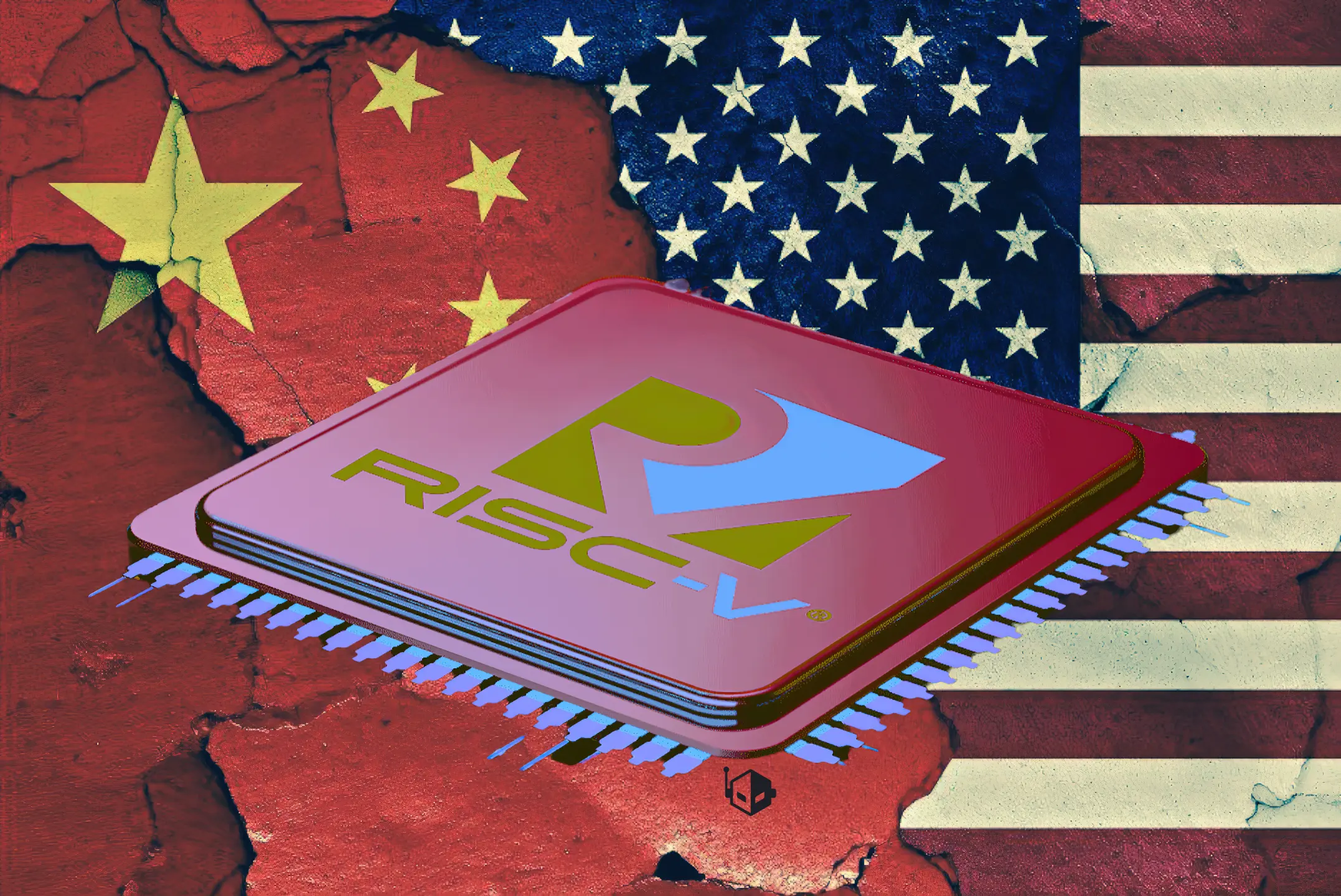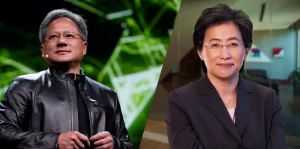Introduction:
In recent developments, China has taken a significant stride in the world of open-source computing by deploying its first major RISC-V server cluster. This move comes amid growing concerns over the U.S. government’s plans to restrict China’s access to RISC-V technology.
Alibaba, the Chinese multinational technology company, made the groundbreaking announcement at the #RISCVSummit, revealing a cluster with 3,072 cores and 48 nodes, powered by 64-core Sophon SG2042 chips.
This blog post will delve into the details of China’s RISC-V breakthrough and the potential implications it holds for the ongoing technology landscape.
The RISC-V Advantage:
RISC-V, an open-source instruction set architecture (ISA), has been gaining momentum globally as a viable alternative to proprietary architectures.
Unlike traditional closed architectures, RISC-V allows developers to access and modify the source code, fostering innovation and collaboration.
The decision by China to embrace RISC-V is strategic, as it aligns with the nation’s efforts to establish technology independence and reduce reliance on foreign intellectual property.
Read More: NVIDIA to Launch New Data-Center GPU for China in Response to US Restrictions
China foray into RISC-V
Last month, Shandong University in China unveiled a server cluster with RISC-V CPUs. This marks the first commercial use of a RISC-V cluster in cloud computing. David Chen, Alibaba’s Director of Ecosystem, disclosed this milestone during a presentation at the RISC-V Summit in Santa Clara, California.
The system at Shandong University is primarily for educational and research purposes. However, it is also confirmed to be accessible for cloud computing instances, as stated by Chen in response to inquiries from HPCwire. The system’s development was completed and delivered between September and October.
Major U.S. cloud providers, such as Google, Amazon, and Microsoft, currently do not provide commercial virtual machines with RISC-V CPUs in the cloud. These providers predominantly furnish virtual machines based on x86 or ARM architectures.
This development occurs against the backdrop of the U.S. government’s efforts to restrict China’s access to cutting-edge chip technologies, aiming to impede the country’s capacity to develop high-performance systems. Consequently, China is strategically diminishing its reliance on proprietary Western chip technologies and advancing domestic chip development centered around RISC-V.
RISC-V, known for its freely licensable instruction set architecture, is an alternative to x86 used by Intel and AMD. It also serves as an alternative to the ARM architecture licensed by major companies like Amazon, Apple, Samsung, and Qualcomm.
Read More: Meta Embraces RISC-V for Videos, Inference Accelerators and Training Chips
China RISC-V Cluster:
The recently deployed RISC-V server cluster by Alibaba marks a significant milestone in China’s pursuit of technological self-sufficiency. With 3,072 cores, this cluster is not only a symbol of China’s commitment to RISC-V but also a demonstration of the technology’s scalability.
Each of the 48 nodes is equipped with 64-core Sophon SG2042 chips, showcasing the computing power that RISC-V can bring to academic and commercial applications.

Image Credits: Agam Shah on X
How China build a plan around RISC-V
China developed its national chip strategy centered around RISC-V after an unsuccessful 2012 attempt to merge various chip architectures.
Yungang Bao, deputy director of information and communications technologies at the Chinese Academy of Sciences (CAS), disclosed this in a June presentation. Despite being on the U.S. entity list, CAS started a nationwide campaign in 2019 to promote RISC-V in academic and startup communities.
The “One Chip One Student” (OSOC) program, part of this initiative, attracted 4,000 participants and aimed to teach undergraduate students RISC-V chip design intricacies.
To further support RISC-V development, Chinese RISC-V companies collaborated to establish the China RISC-V Alliance in 2018. Their collective goal is to create a comprehensive open-source chip ecosystem by the year 2030.
Read More: How RISC V is the Danger for ARM’s Supremacy
Applications and Use Cases of RISC-V from China:
According to Alibaba, the RISC-V server cluster is designed for both academic and commercial use. This versatility opens doors for a wide range of applications, from research and education to business and innovation.
The cluster runs on the Ubuntu operating system, highlighting the compatibility of RISC-V with mainstream software platforms. Additionally, the incorporation of AliOS further emphasizes Alibaba’s commitment to promoting RISC-V in various domains.
The Implications for U.S.-China Relations:
The deployment of the RISC-V cluster by China coincides with the U.S. government’s contemplation of restricting China’s access to RISC-V technology. China’s action highlights its resolve to overcome potential barriers and prompts questions about the efficacy of such restrictions in an era of global technological interdependence.
Read More: RISC-V Restrictions Will Slow Chip Development, Chief Warns
Global Impact on RISC-V Ecosystem:
China’s bold move into the RISC-V landscape is likely to have a ripple effect on the global technology ecosystem. As a major player, China’s adoption of RISC-V could influence other countries to explore open-source alternatives, potentially reshaping the dynamics of the semiconductor industry. Collaborative efforts on an international scale may become more crucial as the world witnesses the emergence of diverse RISC-V ecosystems.
Conclusion:
China’s deployment of a RISC-V server cluster signifies a pivotal moment in the ongoing evolution of open-source computing. The move challenges the potential restrictions from the U.S. and underlines the global appeal and adaptability of RISC-V technology.




